


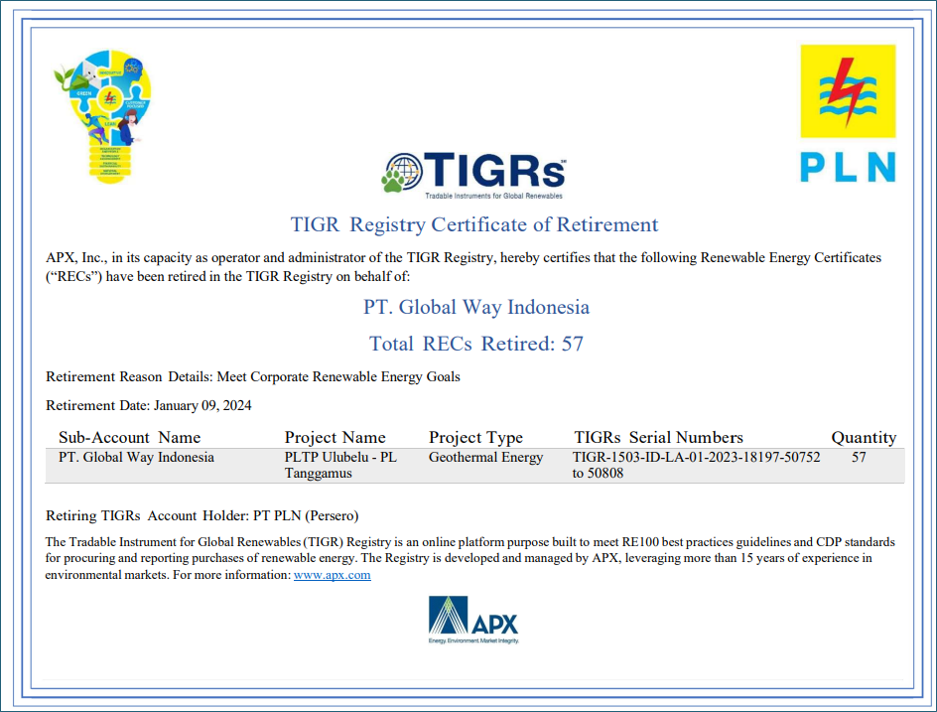
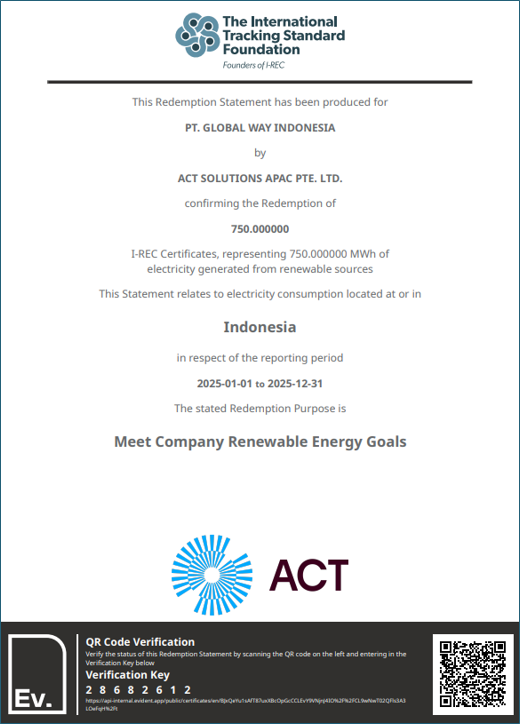
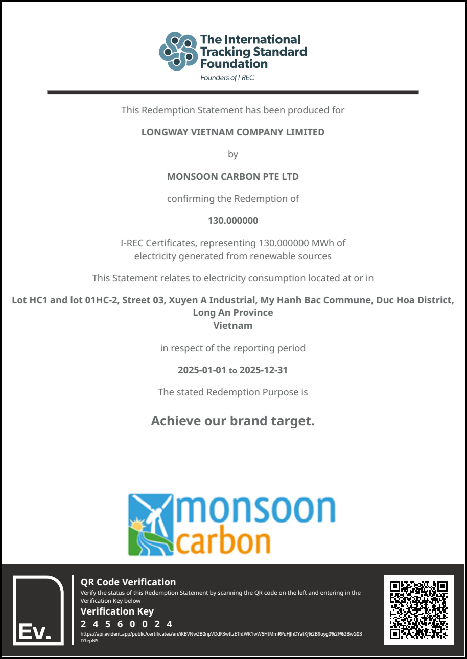
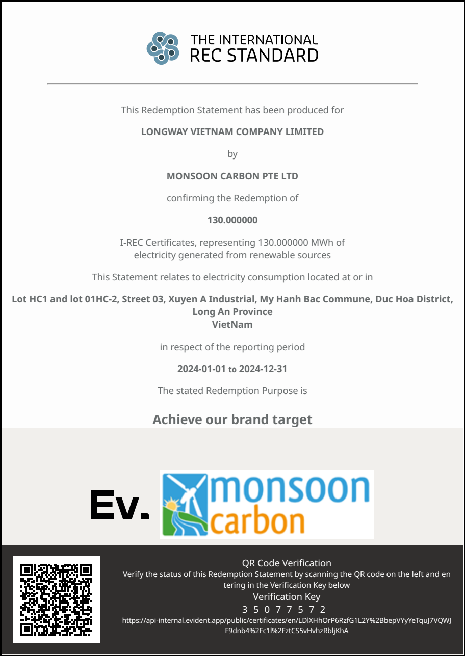
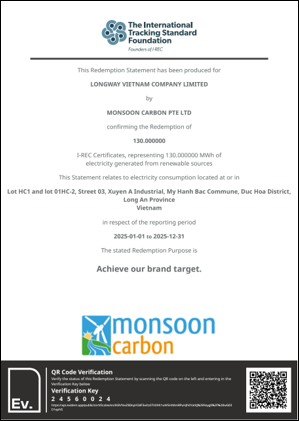
GHGs Emission are gases in the earth's atmosphere that occur naturally in the environment, but also from human activities such as the burning of heat-trapping fossil fuels. The presence of these gases allows sunlight to enter the atmosphere to warm the earth's surface, but prevents some of the heat carried by the sunlight from leaving the atmosphere. This process is called the greenhouse effect and contributes to global warming.
Currently, global warming is an international issue that impacts across national borders and poses a threat to sustainable development. As an industry that contributes to emission, it is necessary to commit monitoring and measuring the presence of greenhouse gas emissions. This aims to determine the improvement plan to reduce GHGs emission.
SBTi is a partnership between CDP, World Resources Institute (WRI), the World Wide Fund for Nature (WWF), and the United Nations Global Compact (UNGC) in order to drive ambitious climate action in the private sector by enabling organizations to set science-based emissions reduction targets..
Currently, global warming is an international issue that impacts across national borders and poses a threat to sustainable development. As an industry that contributes to emission, it is necessary to commit monitoring and measuring the presence of greenhouse gas emissions. This aims to determine the improvement plan to reduce GHGs emission.
GHGs emission reduction targets set by companies and in line with the goals of the Paris Agreement to limit global warming to well-below 2 °C above pre-industrial levels and pursue efforts to limit warming to 1.5 °C
The GHG Protocol divides an emissions into direct and indirect emissions:
